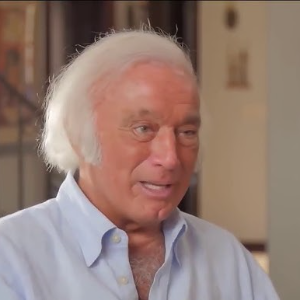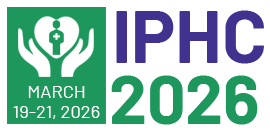Covid-19
The virus that causes severe acute respiratory syndrome coronavirus 2 is the source of the infectious sickness known as coronavirus disease 2019 (COVID-19) (SARS-CoV-2). In Wuhan, China, in December 2019, authorities discovered the first recorded case. The illness soon spread around the world, causing the COVID-19 pandemic. The signs and symptoms of COVID-19 might vary, but they frequently include fever, coughing, headaches, exhaustion, trouble breathing, loss of smell, and loss of taste. One to fourteen days after viral exposure, symptoms may appear. At least one-third of infected individuals don't have any symptoms at all. The virus that causes severe acute respiratory syndrome coronavirus 2 is the source of the infectious sickness known as coronavirus disease 2019 (COVID-19) (SARS-CoV-2 Most (81%) of individuals who experience symptoms that are obvious enough to qualify them as patients also experience mild to moderate symptoms, up to mild pneumonia, whereas 14% experience severe symptoms, such as dyspnea, hypoxia, or more than 50% lung involvement.

Kenneth R Pelletier
University of California, United States
Gregory S Anderson
Thompson Rivers University, Canada
Yazdan Mirzanejad
University of British Columbia, Canada
Hawa Camara
National Cancer Institute, United States
Rafaela Julia Batista Veronezi
Physiotherapist, Neuroscientist & Public Health Educator, United States
Amelia Burke Garcia
NORC at the University of Chicago, United States



Title : The impact of AI on the future of public health and preventative healthcare
David John Wortley, World Lifestyle Medicine Education Services, United Kingdom
Title : Personalized and Precision Medicine (PPM) as a unique healthcare model to secure the human healthcare, wellness and biosafety through the view of public health, network-driven healthcare services and lifestyle management
Sergey Suchkov, 1N.D. Zelinskii Institute for Organic Chemistry of the Russian Academy of Sciences, Moscow, Russia, Russian Federation
Title : Psychoeducation programs to address post-traumatic stress injuries and mental health in public safety and frontline health care workers
Gregory S Anderson, Thompson Rivers University, Canada
Title : Managing integration and interoperability of intelligent and ethical transformed health and social care ecosystems
Habil Bernd Blobel, University of Regensburg, Germany
Title : Scientific evaluate quantification of social and behavioral by scalp acupuncture on children with autism spectrum disorder
Zhenhuan Liu, University of Chinese Medicine, China
Title : Environmental Public Health Impact Assessment (EHIA) process for tobacco processing plants
Vijayan Gurumurthy Iyer, Techno-Economic- Environmental Study and Check Consultancy Services, India